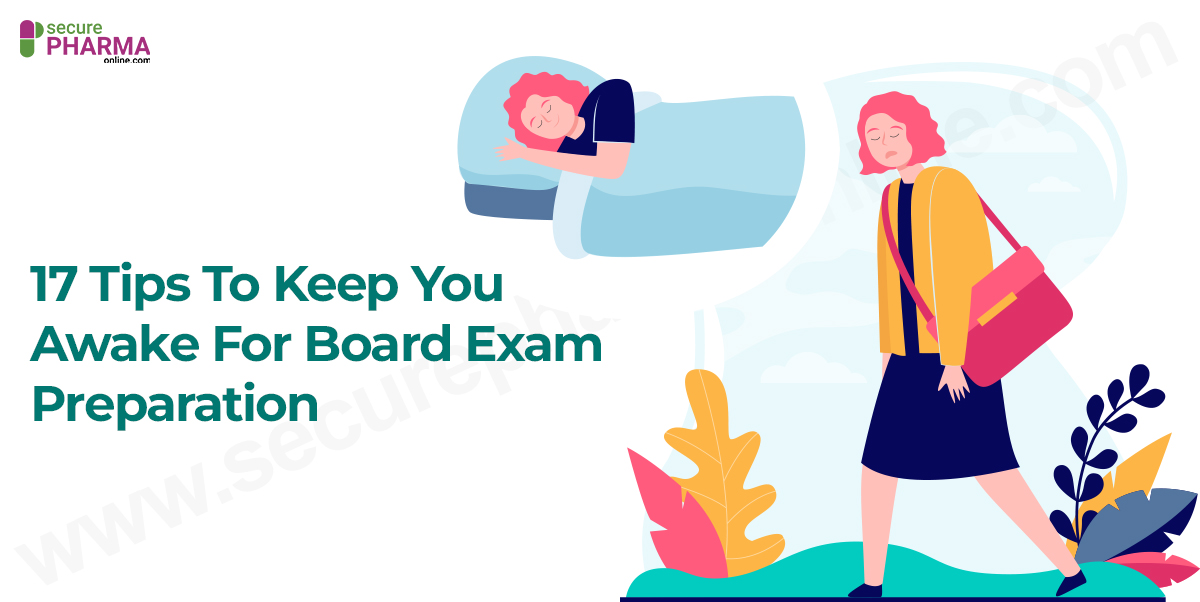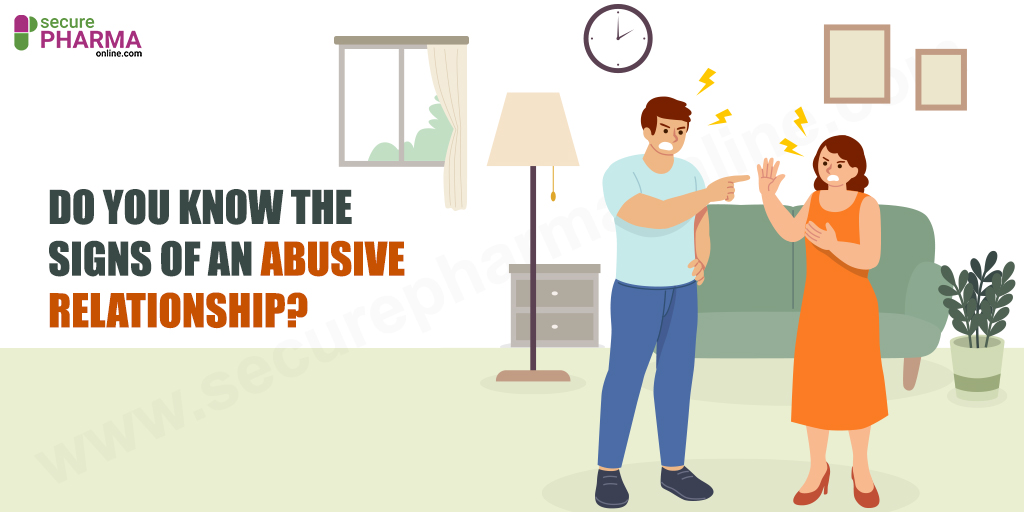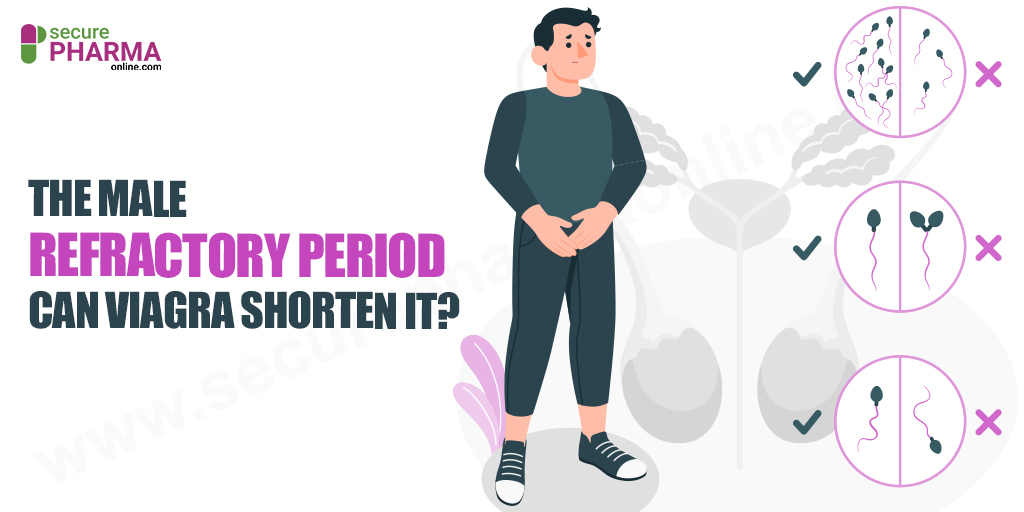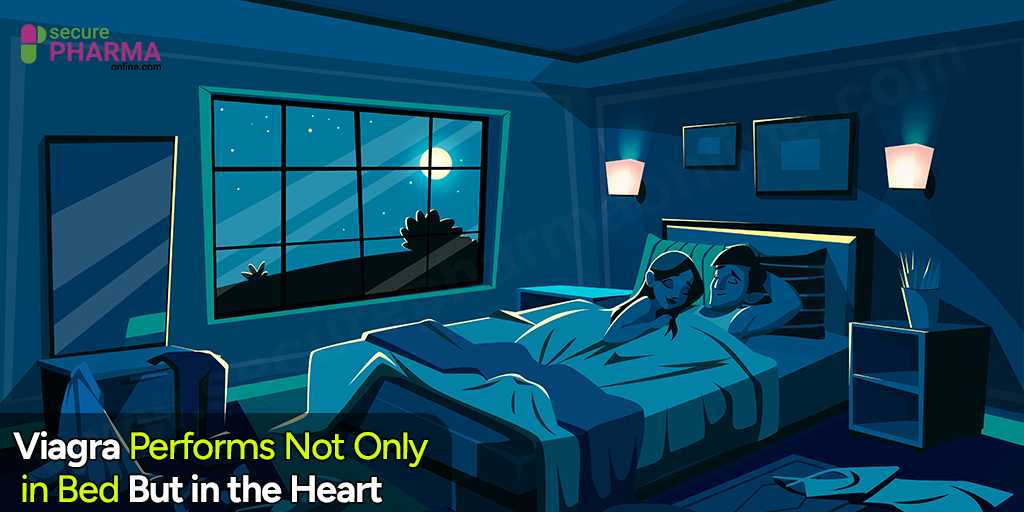Eye Problems: 7 Common Eye Issues, Their Causes, And Solution

In this article, we’ll discuss the possible causes and available treatment options for some common eye problems.
Introduction
The eyes are one of the most important parts of our body. Vision loss or impairment is unimaginable for most of us, but it may be more common than you think. Worldwide, nearly 285 million individuals are visually impaired and out of those, 39 million are completely blind.
According to a study, only about 37% of adults know that they might not experience symptoms before they partially or completely lose vision.
Most eye ailments have no early symptoms, as the brain makes it difficult for you to detect the effects of vision loss by adapting to it. Therefore it is vital to get regular eye examinations to avoid common eye problems.
Knowing about eye conditions and their causes can help you identify some illnesses before they progress, and this list might be the key to understanding some of those conditions.
Common Eye Problems
Disorders like refractive errors and age-related diseases are the most frequent eye problems. Refractive errors include near-sightedness or myopia, farsightedness or hyperopia, distorted vision or astigmatism, and presbyopia. These are generally corrected by contact lenses, eyeglasses, or surgery in a few cases.
Some other common eye problems explored below include cataracts, glaucoma, and night-blindness.
1. Cataracts
A degenerative disease affecting nearly 65.2 million people and causing vision impairment in over 80% of patients, cataracts are the leading cause of blindness worldwide. A cataract is a milky or cloudy area in the lens that progresses slowly and causes a decrease in vision over time due to the lens turning opaque.
Symptoms include blurry vision, seeing faded colors, trouble seeing in the dark or in bright lights. Cataracts can occur at any age and are sometimes present at birth. A range of causes like aging, exposure to ultraviolet rays, or injury can lead to cataracts forming in one or both eyes. Inherited genetic disorders can also increase the risk of developing cataracts.
As this is a common eye problem, it is easily treatable by surgery. Cataract surgery involves replacing the clouded lens with an artificial or intraocular lens.
Also Read: Causes, Symptoms, And Treatments For Watery Eyes
2. Strabismus and Nystagmus
Strabismus or crossed eyes are a condition when the eye lacks coordination and points in different directions. Either constantly or intermittently present, strabismus is mostly seen in infants and children. Causes include muscle dysfunction, farsightedness, and trauma.
Risk factors can include premature birth or family history. If untreated, strabismus can lead to amblyopia or lazy eye. Treatments include glasses, prisms, therapy, or surgery. Early detection and treatment often yield excellent results.
Nystagmus or dancing eyes is a disorder that leads to involuntary eye movement due to retinal issues or misaligned eyes. Acquired at infancy or later in life, it is the most frequent form of vision impairment in children. Causes include multiple sclerosis, head injury, family history, and strokes.
Treatment of nystagmus depends on what causes it. Remember, congenital nystagmus is untreatable, but glasses or contact lenses can help. Acquired nystagmus, however, can go away over time if the underlying cause is treated.
Also Read: Causes, Symptoms, And Treatment For Dry Eyes
3. Amblyopia
Amblyopia, also referred to as “lazy eye”, is the most common eye problem in children. People who suffer from this condition experience reduced vision in one eye due to poor coordination between the brain and eyes.
Eventually, the brain increasingly depends on one eye, and vision in the other eye progressively worsens. Three out of every hundred children suffer from lazy eyes.
Symptoms include poor depth perception, and squinting or tilting of the head. Premature babies, babies born underweight or with developmental disabilities are at a higher risk of amblyopia.
Amblyopia can be triggered by other eye disorders such as refractive errors, strabismus, and cataracts.
Eye drops and eye patches for the stronger eye, eyeglasses, and lenses are some of the ways doctors treat amblyopia. It can take a few weeks to a few months for vision to improve. The key to getting good results is early detection and treatment.
4. Conjunctivitis
Conjunctivitis or pink eye is an inflammation of the conjunctiva, the clear membrane lining the white portion of the eyeball along with the inner eyelid. In the United States alone, approximately 3 to 6 million people get conjunctivitis each year.
Symptoms may range from pink color in the whites of the eyes (hence the name), increased tearing, irritation, or burning in the eyes, and crusting of eyelids or lashes.
Viruses, bacteria, irritants, allergies, and sexually transmitted infections like chlamydia can cause pink eye. Gonorrhea can also trigger a form of rare bacterial conjunctivitis that can cause loss of vision if left untreated.
Highly contagious but rarely serious, most cases of pink eye get treated with no long-lasting effects. In most patients, conjunctivitis is mild and clears up in a week or ten days without complications. However, patients experiencing pain, photosensitivity, discharge or pus, and worsening symptoms should immediately consult a medical professional.
5. Glaucoma
A glaucoma is a group of eye disorders. They result in damage to the optic nerve and eventual vision loss. A few types of glaucoma are:
- Open/Wide Angle: Associated with an open anterior chamber and elevated intraocular pressure, this is the most common type of glaucoma accounting for almost 90% of cases. Risk factors include diabetes, myopia, hypertension, and African ethnicity.
- Angle Closure: Caused by the iris bulging forward to block the drainage angle formed by the cornea and iris. Fluid cannot circulate, leading to increased intraocular pressure. Risk factors include old age, family history, farsightedness, and Asian ethnicity.
- Congenital: Intraocular pressure increases due to a birth defect in the development of the angle of the eye. The aqueous humor cannot flow normally leading to optic nerve damage.
- Uveitic: Uveitis is the inflammation of the middle layer of the eye, also known as the uvea. Uveitic glaucoma is a common complication of uveitis.
Treatments for glaucoma range from lowering the intraocular blood pressure, prescription eye drops and medication, laser treatment, or surgery.
6. Diabetic Retinopathy
This disorder is a complication of prolonged type I or type II diabetes. Also referred to as Diabetic Eye Disease (DED), it causes retinal damage and affects up to 80% of those who have had diabetes for more than two decades. Excess blood sugar alters the formation of blood vessels behind the eye, depleting nutrient supply to the retina.
DED has no warning signs, and like many other common eye problems, it can only be detected early by regular eye checkups. Treatments include laser surgery and photocoagulation, a process that seals leaking blood vessels in the retina.
Also Read: Difference Between Type 1 And Type 2 Diabetes
7. Age-Related Macular Degeneration
People 50 years and older make up 82% of all blind individuals. This disorder is the most common eye problem among aging persons. Macular degeneration damages central and sharp vision. AMD affects the macula or the functional part of the retina that enables the eye to see finer details and perceive color.
Two types of AMD exist:
- Wet AMD: Blood vessels behind the retina start to grow under the macula causing blood and fluid leakage. Rapid central vision loss occurs due to scarring from these blood vessels. Symptoms are straight lines appearing wavy, scotomas or blind spots forming, and blurred vision.
- Dry AMD: The macula thins over time, blurring central vision. Generally affecting both eyes, this type is more common than wet macular degeneration. An early warning sign is drusen or tiny deposits under the retina.
There is no particular cure for this disorder, but prescription medications, photodynamic therapy and, laser therapy are beneficial for patients.
Also Read: Reasons For Red Eyes
Common Eye problems: Conclusion
Taking care of your eyesight is an essential step in avoiding these common eye problems. Nutrient-rich diets, protective eyewear, not staring at phone and computer screens for extended periods of time are all ways to protect your eyes. Keep in mind, regular visits to the ophthalmologist are the key to good eye health.
March 10, 2021 Sam Bell











Comments